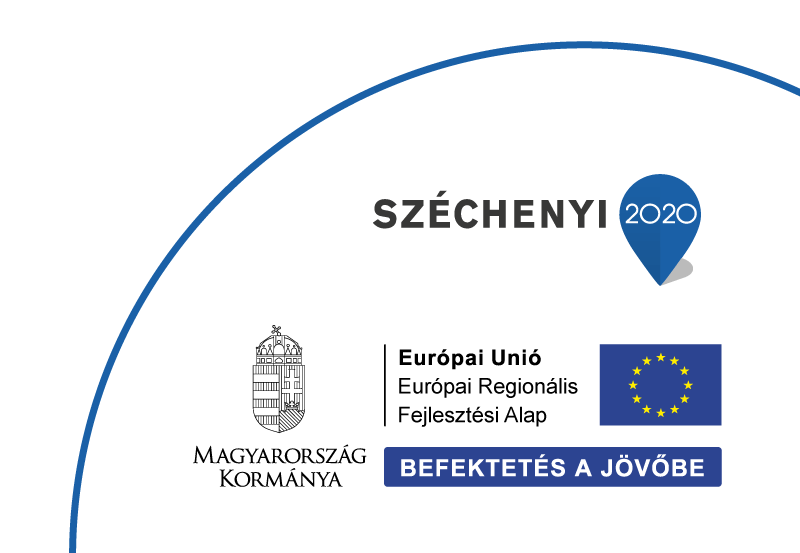 |
Kategória | Gyorsító |
| Típus | 14 GHz, manufactured by Atomki | |
| Szervezeti egység | ||
| Eszközfelelős | ||
| Üzembentartó | Atomki | |
| Felhasználás | Kutatás, Szolgáltatás, Fejlesztés | |
| Érték | Nagy értékű | |
| Kutatási témák | ||
| Publikációk |
The only Hungarian Electron Cyclotron Resonance (ECR) Ion Source (ECRIS) is operated at Atomki. As a member of the Atomki Particle Accelerator Centre, ECRIS provides plasma and ion beams as a stand-alone low-energy accelerator.
Main fields of activities:
- fundamental research (astrochemistry, atomic physics, plasma physics) and
- some applications (surface physics, medical implants).
The ECR ion source of Atomki is a medium-size device and, contrary to its name, is actually a low-energy particle accelerator for producing plasmas and ion beams over a wide range of particles, charges and energies.
Available plasma and ion:
- H, He, N, O, Ne, Si, Ar, Kr, Xe (from gases) and
- Ca, Ni, Fe, Zn, C, C60, Au, Ag, Pb (from solids).
The charge and energy of ion beams can be increased up to an upper limit. The highest charge state achieved up to now was 30 (gold beams), a Hungarian record.
The range of ion beams produced from gaseous and solid states and the beam intensities for the charge states are shown in the graphs (1-2.) below. The total kinetic beam energy is continuously variable between 50 eV and 900 keV.
The ECR laboratory is involved in a wide range of atomic and plasma physics, astrochemistry research, e.g. plasma diagnostics, X-ray spectroscopy, infrared spectroscopy, ion-surface and ion-thin film interactions. One of the most promising application is the functionalisation: ECR-generated plasmas or ion beams are used to change the surface properties of materials (e.g. medical implants) for a specific purpose.
Top view of the accelerator room of the ECR ion source is shown in image (3.) below. Two magnets define two beamlines at 90 and 55 degrees. Surface modification irradiations are possible in target chambers at 0 and 90 degrees. The beam ends are equipped with collider chambers for atomic physics and astrochemistry research.
The processes are studied with the latest spectrometric and spectroscopic instruments:
- FTIR - Fourier Transform InfraRed,
- TOF - Time-Of-Flight,
- QMS - Quadrupole Mass Spectrometer.
Click to view full-size image.
1-2. Beam intensities as a function of charge state for gas (left) and solid (right).
3. Top view of the accelerator room of the ECR ion source.
Videos:
-
ECR ion source - How does it work? (in Hungarian)
-
ECR ion source - What is it for? (in Hungarian)
Publications:
- S. Biri, R. Rácz, J. Pálinkás:
Status and special features of the Atomki ECR ion source
Review of Scientific Instruments 83 (2012) 341 - S. Biri, I. K. Vajda, P. Hajdu, R. Rácz, A. Csík, Z. Kormány, Z. Perduk, F. Kocsis, I. Rajta:
The Atomki Accelerator Centre
European Physical Journal Plus 136 (2021) 247
Development projects:
- GINOP-2.2.1-15-2016-00012; eMFC: Exploration and development of a novel control software framework for research infrastructures
Scientific projects:
- EURO-LABS: EUROpean Laboratories for Accelerator Based Science
- 2019-2.1.11-TÉT-2020-00154; Improved implant osseointegration by novel duplex aluminum- and titanium-oxide layers grown by ALD method
- H2020-EU.1.4.1.2. Grant Agreement ID 871149; Europlanet 2024 Research Infrastructure
 Magyar
Magyar







